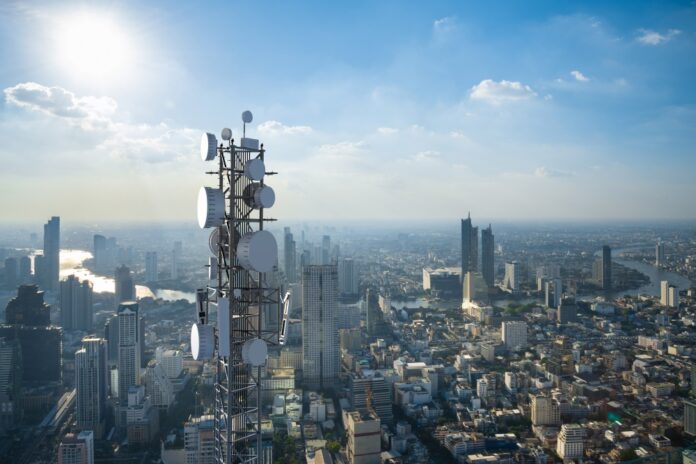The decisions were taken at last week’s Plenary meetings of the 3GPP Technical Specification Groups (TSG).
Apparently the decision to delay was due to the effects that e-meetings in 2020 had on the work’s progress and the pressure caused by all face-to-face meetings being cancelled: in the busiest groups, the stream of contributions can peak at over 1,000 emails daily.
3GPP confirmed that remote working will be the norm until June 2021.
The delegates asked for guidance from the Chairs of the Working Groups and decided that delegates participating in e-meetings and discussions in-between meetings need more time to accurately consolidate the results of their work.
Here is proposed new Release 17 Schedule:
• Rel-17 Stage 2 Functional Freeze, June 2021 (TSGs#92-e)
• Rel-17 Stage 3 Protocol Freeze, March 2022 (TSGs#95)
• Rel-17 Protocol coding Freeze (ASN.1, OpenAPI), June 2022 (TSGs#96)
Note that only the timeline for the work has changed; the content of Release 17 is what was approved at the December 2019 TSG#86 meetings.
GPP said in a statement, “With this revised timeline, the broader 5G industry can rely on an informed and well-considered schedule that takes into account the peculiar situation created by life during a pandemic.
“The new commitment will greatly help companies advance their plans for network roll-out and new product development. The Release 17 schedule will now allow 3GPP the time it needs to complete the maintenance of Release 16 specifications as they become very stable. At the same time, it allows the groups to switch priority to some exciting Release 17 features.”
Studies underway
Studies in some key areas are in the pipeline, including:
• coverage and positioning enhancements,
• New Radio (NR) and quality of experience regarding slicing,
• new frequency ranges, reduced capacity devices for NR,
• better support for non-public networks, support for unstaffed aerial systems,
• edge computing in 5G Core (5GC), proximity-based services in 5G System (5GS),
• network automation for 5G (Phase 2); and
• for access traffic steering, switch and splitting (ATSSS), among others.
New features
New or improved features in Release 17 will include:
• URLLC for industrial IoT over NR,
• NR support over non-terrestrial networks,
• MIMO,
• integrated access and backhaul (IAB),
• MBS positioning, NR multicast and broadcast services,
• RAN slicing for NR,
• NR sidelink,
• multi-RAT dual-connectivity,
• support for multi-SIM devices for LTE/NR, and
• NR small data transmissions in inactive state and multimedia priority service.
At the March 2021 (TSG#91-e) meetings, the membership will evaluate whether physical meetings can resume the second half of the year after the June 2021 TSG e-meetings.
Source: Setting the Scene for 5G: Opportunities & Challenges, ITU-T, 2018


